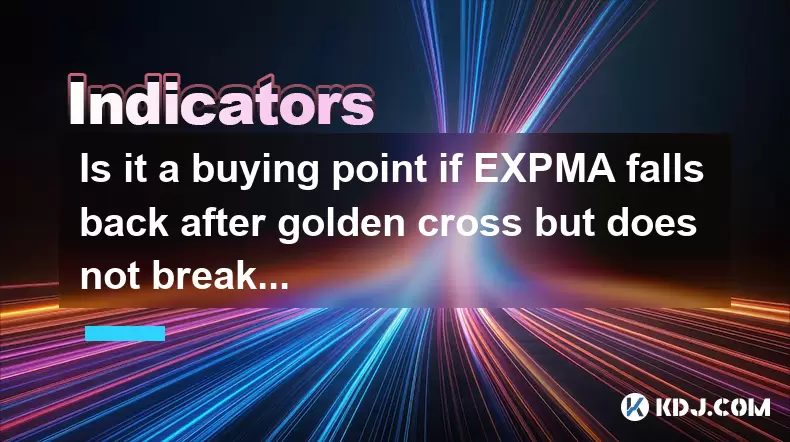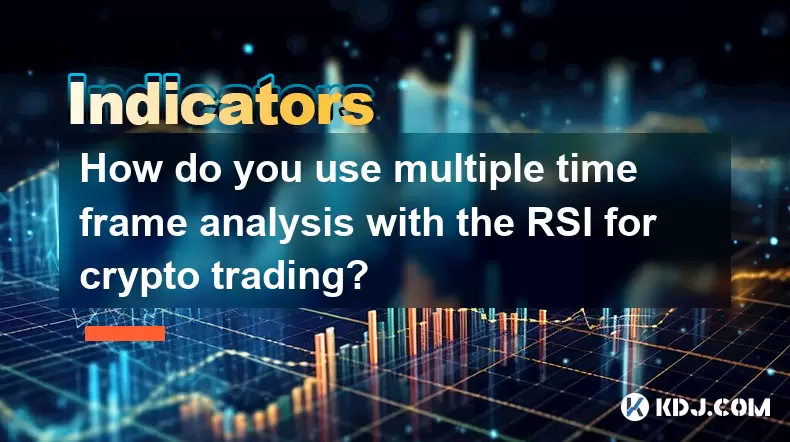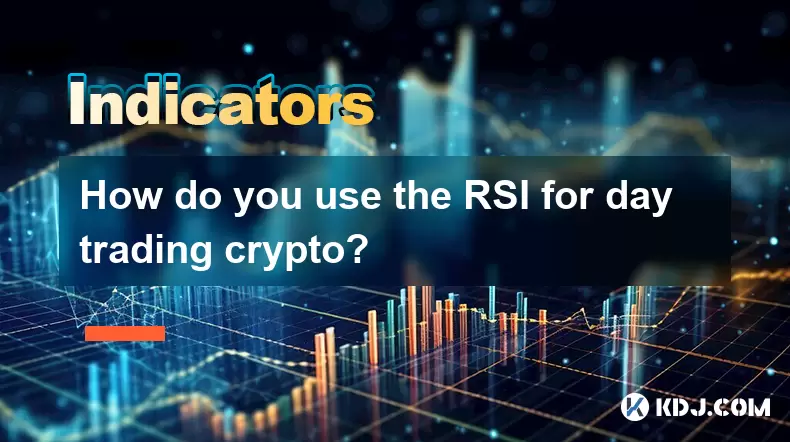-
 Bitcoin
Bitcoin $118400
0.47% -
 Ethereum
Ethereum $3836
2.20% -
 XRP
XRP $3.157
2.98% -
 Tether USDt
Tether USDt $0.9999
-0.03% -
 BNB
BNB $801.5
1.31% -
 Solana
Solana $180.9
2.07% -
 USDC
USDC $0.9999
-0.02% -
 Dogecoin
Dogecoin $0.2225
2.50% -
 TRON
TRON $0.3285
-1.02% -
 Cardano
Cardano $0.7789
2.60% -
 Hyperliquid
Hyperliquid $43.60
2.39% -
 Sui
Sui $3.892
4.41% -
 Stellar
Stellar $0.4229
3.34% -
 Chainlink
Chainlink $18.01
3.98% -
 Hedera
Hedera $0.2745
6.77% -
 Bitcoin Cash
Bitcoin Cash $582.3
3.38% -
 Avalanche
Avalanche $23.77
1.04% -
 Ethena USDe
Ethena USDe $1.001
0.01% -
 Toncoin
Toncoin $3.493
3.59% -
 Litecoin
Litecoin $110.0
2.48% -
 UNUS SED LEO
UNUS SED LEO $8.936
-0.37% -
 Shiba Inu
Shiba Inu $0.00001304
2.49% -
 Uniswap
Uniswap $9.999
1.09% -
 Polkadot
Polkadot $3.897
3.26% -
 Monero
Monero $308.6
-0.83% -
 Dai
Dai $0.9999
-0.01% -
 Bitget Token
Bitget Token $4.504
-0.04% -
 Pepe
Pepe $0.00001154
2.95% -
 Cronos
Cronos $0.1471
3.06% -
 Ethena
Ethena $0.6691
19.53%
Is it a buying point if EXPMA falls back after golden cross but does not break?
A golden cross in EXPMA signals potential bullish momentum, but traders should confirm with volume, price action, and other indicators before entering a trade.
Jun 21, 2025 at 08:56 am

Understanding the EXPMA Indicator
The Exponential Moving Average (EXPMA) is a technical analysis tool used to identify trends in price movements. Unlike simple moving averages, which give equal weight to all data points, EXPMA places more emphasis on recent prices, making it more responsive to new information. This characteristic makes EXPMA particularly useful for traders who rely on quick signals to enter or exit positions.
In cryptocurrency trading, where volatility is high and market conditions change rapidly, understanding how indicators like EXPMA behave becomes crucial. One commonly watched signal among traders is the golden cross, which occurs when a short-term EXPMA crosses above a long-term EXPMA. This event often signals a potential bullish trend.
Important Note: While the golden cross is viewed as a positive sign, it does not guarantee that prices will continue rising. Market sentiment, volume, and broader macroeconomic factors also play significant roles.
What Happens After a Golden Cross?
After a golden cross forms on the EXPMA chart, many traders anticipate a sustained uptrend. However, markets rarely move in a straight line. It's common to see a pullback or consolidation phase following such a signal. During this time, the short-term EXPMA may fall back toward the long-term EXPMA but not necessarily break below it.
This behavior can be interpreted in different ways depending on the trader’s strategy and risk tolerance. Some view this as a healthy correction within an ongoing bullish trend, while others may see it as a warning sign of weakening momentum.
- Price Retracement: The price pulls back but remains above key support levels.
- Volume Analysis: A drop in volume during the pullback might suggest lack of selling pressure.
- Time Frame Consideration: Short-term pullbacks on hourly charts may not invalidate longer-term bullish setups.
Why Doesn’t EXPMA Break Below?
If the short-term EXPMA falls back after a golden cross but does not break below the long-term EXPMA, it could indicate underlying strength in the market. This situation suggests that buyers are still stepping in at lower levels, preventing a full reversal of the trend.
Several factors contribute to this resilience:
- Market Psychology: Traders may perceive the area near the long-term EXPMA as a strong support zone.
- Institutional Participation: Large players may use dips to accumulate positions rather than sell off holdings.
- Fundamental Drivers: Positive news or developments related to the cryptocurrency may sustain investor confidence despite short-term volatility.
It’s important to monitor other technical indicators alongside EXPMA to confirm whether the trend remains intact. For example, observing Relative Strength Index (RSI) levels or Moving Average Convergence Divergence (MACD) patterns can provide additional context.
Is This a Buying Opportunity?
Determining whether this setup presents a buying opportunity requires careful evaluation of multiple factors. Here’s a step-by-step approach to assessing the situation:
- Confirm the Golden Cross Formation: Ensure that the short-term EXPMA has indeed crossed above the long-term one and that this occurred before the pullback.
- Analyze Price Action Near the Long-Term EXPMA: Observe whether the price finds support around this level and shows signs of stabilizing.
- Check Volume Patterns: Look for increasing volume during the bounce from the EXPMA line, which could indicate renewed interest from buyers.
- Evaluate Other Indicators: Use complementary tools like Bollinger Bands or Fibonacci retracement levels to gauge overbought or oversold conditions.
- Set Realistic Entry Points: Consider entering gradually as the price rebounds, using limit orders to avoid chasing spikes.
While the scenario described may offer a favorable risk-reward ratio, it should never be taken in isolation. Always align your entry with your overall trading plan and account management strategy.
How to Manage Risk in This Scenario
Even if the technicals look promising, managing risk is essential when entering a trade based on this pattern. Here are some practical steps you can take:
- Place Stop-Loss Orders: Set stop-loss levels slightly below the long-term EXPMA or recent swing lows to protect against unexpected breakdowns.
- Use Position Sizing: Allocate only a portion of your capital to this trade, allowing room for adjustments if the market moves against you.
- Monitor News Flow: Stay updated on any announcements or regulatory changes that could impact the asset you're trading.
- Track Broader Market Conditions: Cryptocurrencies often move in tandem; assess whether the overall market is supportive of a bullish move.
By incorporating these strategies, traders can better navigate the uncertainty that comes with relying solely on technical signals like EXPMA crossovers.
FAQ: Frequently Asked Questions
Q1: Can EXPMA alone be used to make trading decisions?
No single indicator should be used in isolation. While EXPMA provides valuable insights into trend direction and momentum, combining it with other tools like RSI, MACD, or volume analysis offers a more robust trading framework.
Q2: What time frame is best for observing EXPMA behavior?
There is no universally "best" time frame. Shorter time frames like 1-hour or 4-hour charts are suitable for scalping or day trading, whereas daily or weekly charts are better for identifying long-term trends.
Q3: How do I differentiate between a healthy pullback and a trend reversal?
Healthy pullbacks typically exhibit decreasing volume and shallow corrections, while reversals often come with sharp declines, increased selling pressure, and bearish candlestick patterns.
Q4: Should I always wait for the EXPMA to stabilize before entering a trade?
Not necessarily. Some traders prefer to enter early during the pullback to capture potential upside, while others wait for confirmation of a bounce. Your decision should depend on your risk tolerance and strategy.
Disclaimer:info@kdj.com
The information provided is not trading advice. kdj.com does not assume any responsibility for any investments made based on the information provided in this article. Cryptocurrencies are highly volatile and it is highly recommended that you invest with caution after thorough research!
If you believe that the content used on this website infringes your copyright, please contact us immediately (info@kdj.com) and we will delete it promptly.
- SEC, Crypto, and Securities: Navigating the New Frontier
- 2025-08-01 05:10:12
- Cardano (ADA) Market Cap: Can It Compete with Emerging Cryptocurrencies and Meme Coins?
- 2025-08-01 04:30:12
- SEC, Crypto, and On-Chain: Navigating the Regulatory Maze
- 2025-08-01 02:31:40
- Jito Labs, Solana, and Liquid Staking: Riding the Wave of Innovation
- 2025-08-01 03:50:12
- Perpetual DEX: Navigating Onchain Trading and Solving Core Problems, a NY Perspective
- 2025-08-01 03:57:53
- Bitcoin Bullish Market: How Long Positions are Boosting the Crypto King
- 2025-08-01 02:35:33
Related knowledge

How do you use multiple time frame analysis with the RSI for crypto trading?
Aug 01,2025 at 05:19am
Understanding the Role of RSI in Crypto TradingThe Relative Strength Index (RSI) is a momentum oscillator that measures the speed and change of price ...

How can you use the RSI to determine exit points in crypto trades?
Aug 01,2025 at 04:29am
Understanding the Role of RSI in Crypto TradingThe Relative Strength Index (RSI) is a momentum oscillator widely used in the cryptocurrency market to ...

How do you use the RSI for day trading crypto?
Aug 01,2025 at 05:26am
Understanding the RSI in Cryptocurrency TradingThe Relative Strength Index (RSI) is a momentum oscillator that measures the speed and change of price ...

What does it signify when the MACD crosses below the zero line?
Aug 01,2025 at 01:43am
Understanding the MACD IndicatorThe Moving Average Convergence Divergence (MACD) is one of the most widely used technical analysis tools in the crypto...

How does the MACD histogram show momentum?
Aug 01,2025 at 01:16am
Understanding the MACD Histogram and Its Role in Cryptocurrency TradingThe MACD histogram is a visual representation of the difference between the MAC...

What is a MACD crossover?
Jul 31,2025 at 11:52pm
Understanding the Role of Private Keys in Cryptocurrency SecurityIn the world of cryptocurrency, private keys are the cornerstone of ownership and con...

How do you use multiple time frame analysis with the RSI for crypto trading?
Aug 01,2025 at 05:19am
Understanding the Role of RSI in Crypto TradingThe Relative Strength Index (RSI) is a momentum oscillator that measures the speed and change of price ...

How can you use the RSI to determine exit points in crypto trades?
Aug 01,2025 at 04:29am
Understanding the Role of RSI in Crypto TradingThe Relative Strength Index (RSI) is a momentum oscillator widely used in the cryptocurrency market to ...

How do you use the RSI for day trading crypto?
Aug 01,2025 at 05:26am
Understanding the RSI in Cryptocurrency TradingThe Relative Strength Index (RSI) is a momentum oscillator that measures the speed and change of price ...

What does it signify when the MACD crosses below the zero line?
Aug 01,2025 at 01:43am
Understanding the MACD IndicatorThe Moving Average Convergence Divergence (MACD) is one of the most widely used technical analysis tools in the crypto...

How does the MACD histogram show momentum?
Aug 01,2025 at 01:16am
Understanding the MACD Histogram and Its Role in Cryptocurrency TradingThe MACD histogram is a visual representation of the difference between the MAC...

What is a MACD crossover?
Jul 31,2025 at 11:52pm
Understanding the Role of Private Keys in Cryptocurrency SecurityIn the world of cryptocurrency, private keys are the cornerstone of ownership and con...
See all articles

























































































